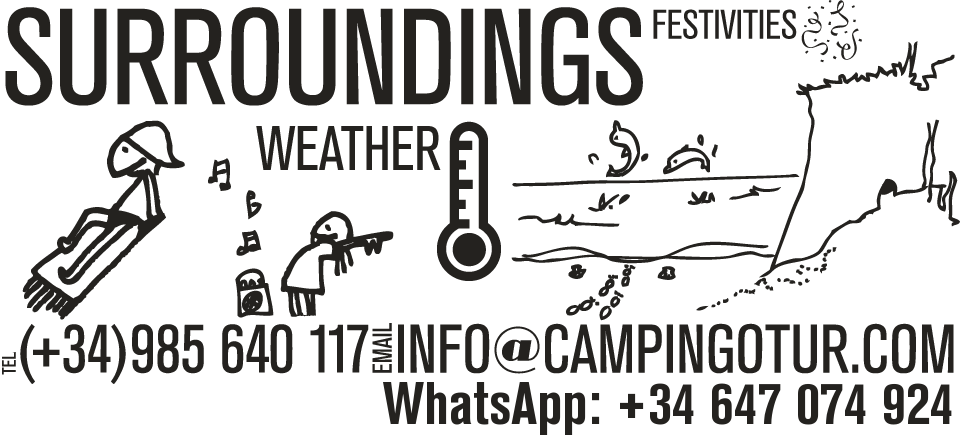Sightseeing in the area
Playa de Otur (Otur Beach)
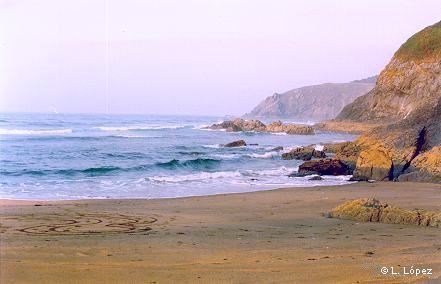
Playa de Barayo (Barayo Beach)
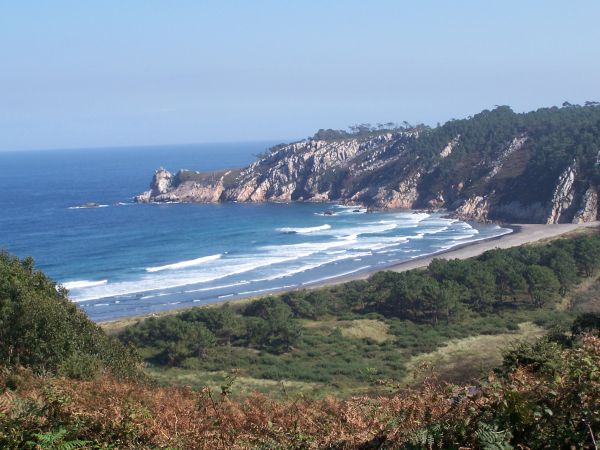
Luarca
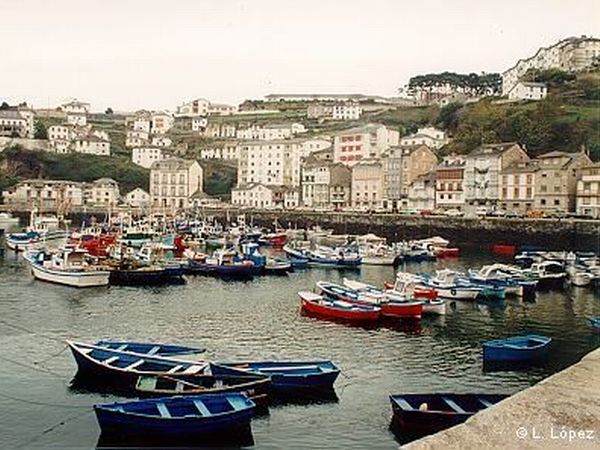
Aula del Mar (Sea Museum)
Puerto de Vega
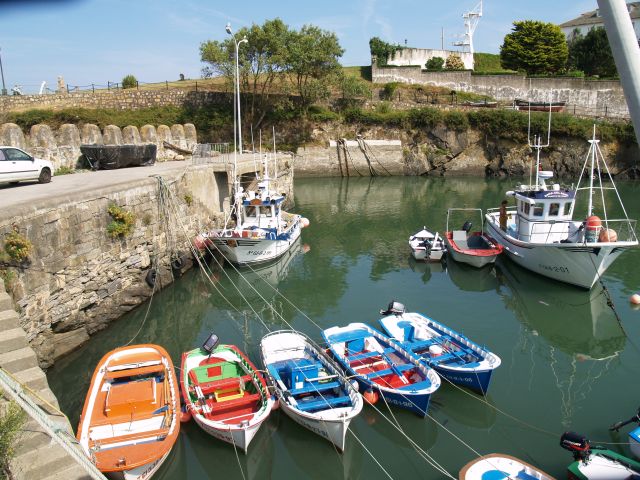
Playa de Frexulfe (Frexulfe Beach)
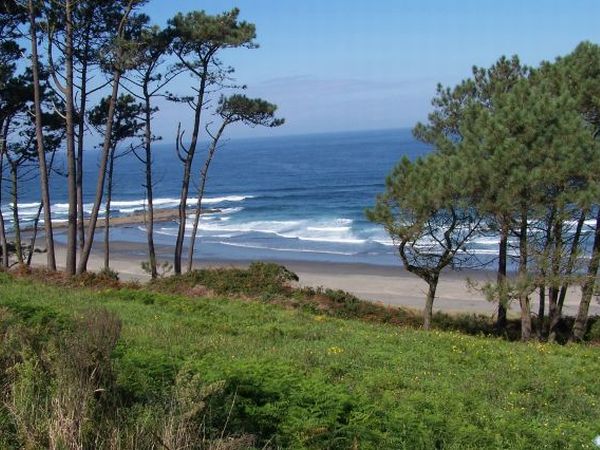
This beach can be considered as a wild beach considering its environment and its strong and hollow sea waves.
Access by car is easy thanks to the two small car parks; you can get to this beach from Navia or from Puerto de Vega.
Area recreativa de la ria de Navia (Recreational Area of Navia’s Ria)
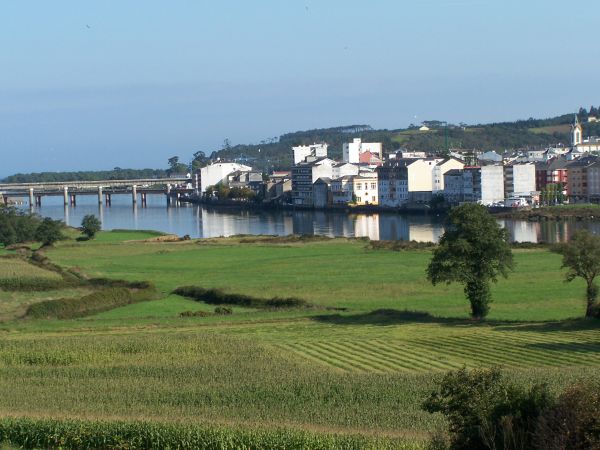
This excellent recreational area is nearby the ria and Navia’s beach. There are covered picnic areas among the trees. Navia’s Seafront should not be missed, as well as its fine white sand beach.
Castro de Coaña (Coaña Hill Fort)
Castro de Coaña, also known as Castrillón or Castilón is a hill fort located near Coaña. It is a historic and artistic listed monument with its own Didactic Museum nearby. The hill fort was built in the 1st Century and lost its relevance after the 2nd Century. The defensive system of the hill fort includes a wall, a moat and several fortified towers. There were around 80 houses and a smaller perimeter wall. Around 1,500 to 2,000 people are thought to have lived within the hill fort. Guided tours are certainly interesting.
Cascadas de Oneta (Oneta Waterfalls)
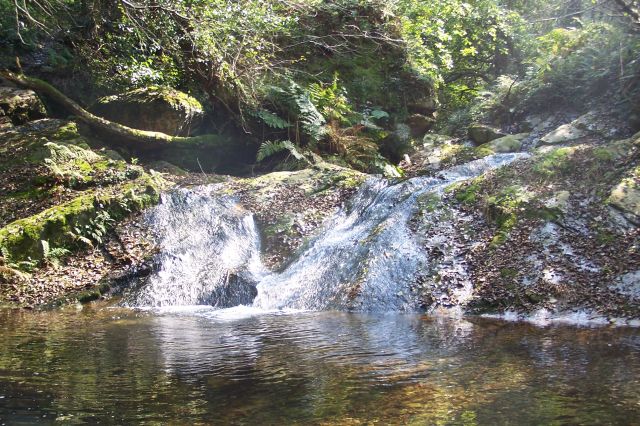
The Waterfalls Route starts at a village called Oneta, which can be reached from the council capital, Villalón, taking the local road AS-36, that links it with Luarca.
This route is easy to find and very especially interesting. In half an hour you will be at Firbia Waterfall. Access to the next two waterfall is a bit more difficult, but it is worth the effort. You can follow the route walking; the route up to the first waterfall can also be accessed with prams.
Playa de las catedrales (Cathedrals Beach)
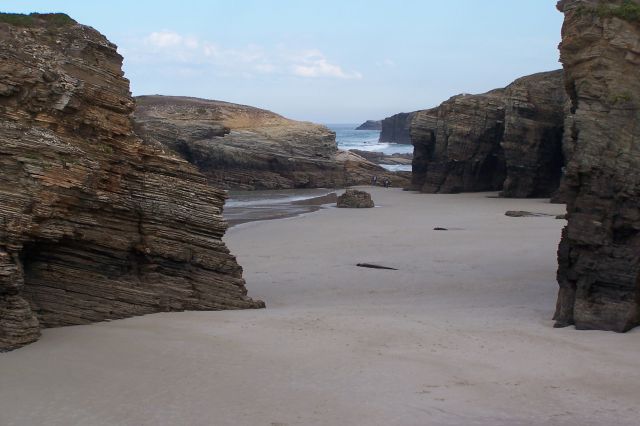
This beach is located in the area of Ribadeo, on the coast of Lugo province, very close to Asturias. The beach is 10 km away from the town of Ribadeo.
This beach is unique. The intense erosion of the sea on the schist and shale cliffs caused coves and ledges on the rock, passages, frunas (caves) and isolated pieces of rock that sometimes are linked to the cliff by massive rock arches. The best time to visit this beach is during the low tide. During high tides the beach us smaller, made of fine sand and very suitable for swimming, but cliffs cannot be appreciated.
Cudillero
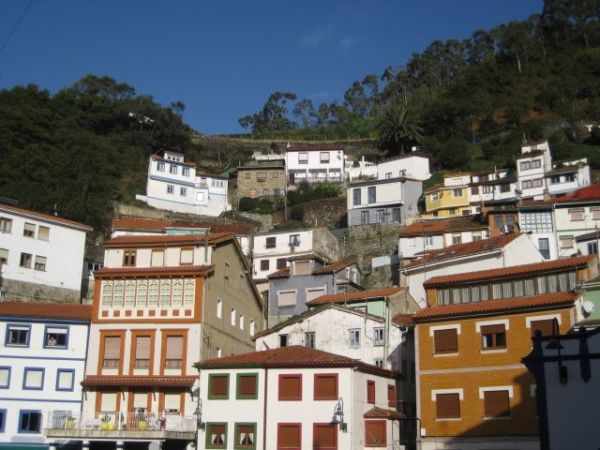
Cudillero is a town with an interesting fishing port, where houses seem to be hanging from the surrounding hills. Three steep hillsides surround the town like a natural amphitheatre. Cudillero is the right place to get lost in its narrow streets and staircases, which connect every spot in the town. It is a real pleasure to slip away through its labyrinth streets.
Cudillero’s main activity is fishing. It is also interesting to visit the lighthouse and the Belgians Palace.
Playa del Silencio (Silence Beach)
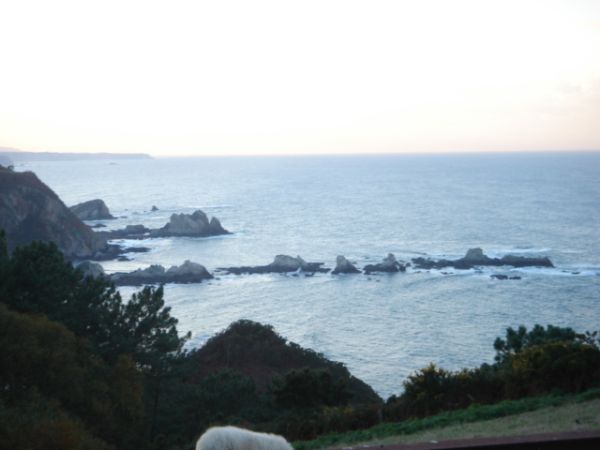
This is a heavenly beach were you’ll find no overcrowding. In order to access the beach, it is necessary to go to Castañeras, a village in Cudillero Council. The beach is made of pebbles and a mountain with cliffs can be seen from its right side. Its clear waters make it perfect for snorkelling and underwater fishing.
Its name tells it all, Playa del Silencio is a silent spot surrounded by cliffs, making the sound of waves a subtle lullaby. It has the shape of a shell and it is no more than 500 meters long. Characteristic of this beach are its protective cliffs, scattered islets at the shore and the special quality and colour of its water. Its landscape virginity proves that its title of protected area is well deserved.
Faro y cabo Busto (Busto Lighthouse and Cape Busto)
This lighthouse dates from 1858. It is located in Busto, a village in Valdés Council, settled on a plain formed by the marine terrace, very near to the coastline, and only 12 km away from Luarca. You can access Cape Busto from road N-632, which will have an exit to a local road that leads Busto village and cape. In its northern end, at the cliff, you will find the lighthouse, which is 76 m over the sea and 10 m over the floor.
Playa de Cueva (Cave Beach)
This beach is approximately 500 meters long, made of pebbles, sand and rocks. River Esva flows into the sea at this beach. There are tourist and recreational activities. It is located at Caroyas Village, which have access to the beach by car. It is protected at its eastern side by the impressive quartz wall of Cape Busto.
Playa Los Molinos (Barcia) (Mills Beach)
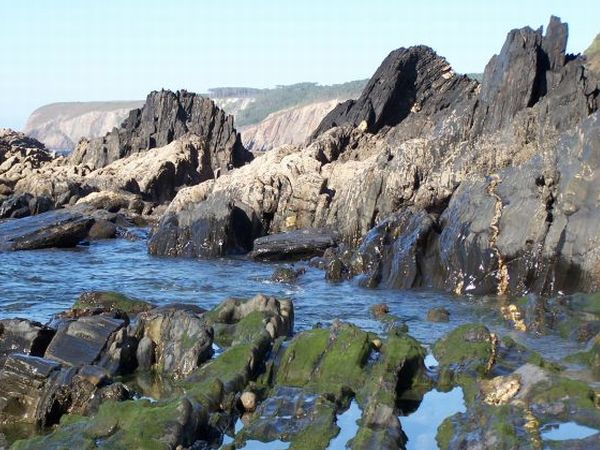
This beach is close to Busto Cape, it is wild and has a rather difficult access. Therefore, it is almost exclusively used by fishermen. It is made of pebbles and sand, and three streams flow into the sea here. It is a Protected Landscape of the West Coast. Mills Beach reflects the rouge image of all beaches around Busto Cape.
Oscos and Taramundi
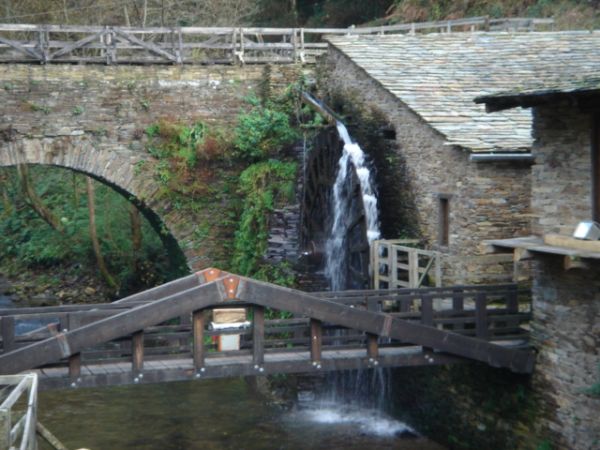
Oscos region is like a great ethnographic museum of Asturias, not only thanks to its traditional buildings, horreos, cabazos and paneras, but also to the life style that still remains in many of its villages. It is worth mentioning the village of Taramundi. There you can visit the enclave of Os Teixois, were you can appreciate its ethnographic set made of a mallet, a mill, a sharpening wheel and a forge, all of them driven by the force of flowing water and a small handmade electric power station that supplies the whole village.
